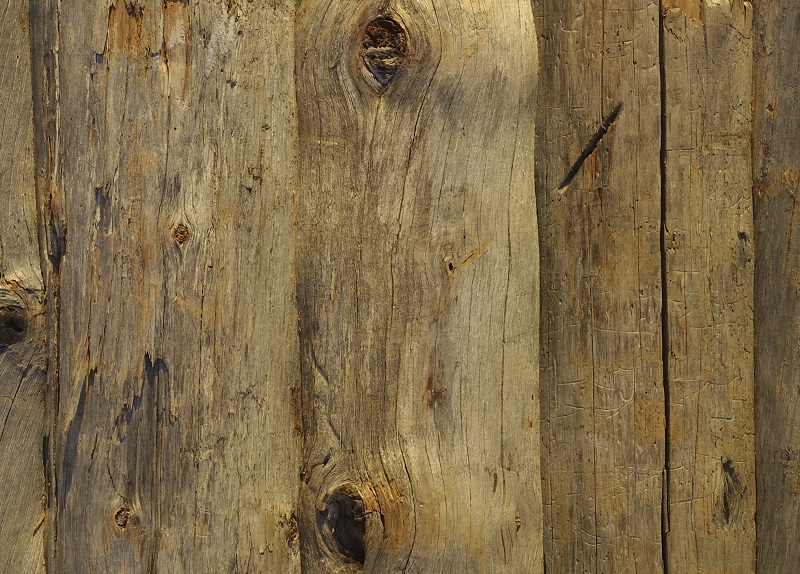Natural materials

|
The term ‘natural materials’ refers to those substances that are found in nature and which can either be used directly for some particular building function or require human intervention (e.g processing) to make them usable.
How much processing will depend on the material in question; some materials require more processing than others. For example, wood (or ‘timber’) can be used to build with very little human intervention – a tree can be cut relatively easily into smaller components that can be used to construct a building. Conversely, clay is also a natural material but requires more labour to turn it into bricks in a process that typically includes winning, shaping, firing and drying.
Typical materials regarded as ‘natural’ and used in construction include:
- Wood
- Clay
- Stone (including marble, slate etc)
- Lime (for mortar)
- Wool (carpets)
- Straw (insulation)
- Coir (for mats)
Some of these materials have good aesthetic qualities (including variability which results in myriad colour and texture variations) and an association with nature that can promote wellbeing - see Biophilia for more information.
It should be noted that ‘natural material’ is a conceit that has resulted from wilful and romanticised interpretations as there are some materials which occur abundantly in nature and are used in construction but are not regarded as ‘natural’. This includes:
- Iron (building structures)
- Diamond (diamond saws and other cutting tools)
- Aluminium (doors, window frames etc).
- Sand (glass, concrete etc.)
The reasons for this may be because these materials are:
- Inorganic
- Require so much processing that the finished product does not resemble the natural occurrence.
- Have few, if any aesthetic qualities.
- Often have a machined, industrial appearance.
[edit] Related articles on Designing Buildings Wiki
- Biomaterial.
- Birch wood.
- Carpentry.
- Cedar.
- Chip carving.
- Choosing stone.
- Clay
- Engineered bamboo.
- Glulam.
- Hardwood.
- Kentish ragstone.
- Lime wood.
- Masonry.
- Modern Stonemasonry.
- Modified wood.
- Mortar
- Natural stone cladding.
- Natural stone for Interiors.
- Natural stone.
- Physical Properties of Wood.
- Roof slates.
- Softwood.
- Terracotta
- The differences between hardwood and softwood.
- Timber preservation.
- Timber vs wood.
- Timber.
- Types of timber.
Featured articles and news
Professional practical experience for Architects in training
The long process to transform the nature of education and professional practical experience in the Architecture profession following recent reports.
A people-first approach to retrofit
Moving away from the destructive paradigm of fabric-first.
International Electrician Day, 10 June 2025
Celebrating the role of electrical engineers from André-Marie Amperè, today and for the future.
New guide for clients launched at Houses of Parliament
'There has never been a more important time for clients to step up and ...ask the right questions'
The impact of recycled slate tiles
Innovation across the decades.
EPC changes for existing buildings
Changes and their context as the new RdSAP methodology comes into use from 15 June.
Skills England publishes Sector skills needs assessments
Priority areas relating to the built environment highlighted and described in brief.
BSRIA HVAC Market Watch - May 2025 Edition
Heat Pump Market Outlook: Policy, Performance & Refrigerant Trends for 2025–2028.
Committing to EDI in construction with CIOB
Built Environment professional bodies deepen commitment to EDI with two new signatories: CIAT and CICES.
Government Grenfell progress report at a glance
Line by line recomendation overview, with links to more details.
An engaging and lively review of his professional life.
Sustainable heating for listed buildings
A problem that needs to be approached intelligently.
50th Golden anniversary ECA Edmundson apprentice award
Deadline for entries has been extended to Friday 27 June, so don't miss out!
CIAT at the London Festival of Architecture
Designing for Everyone: Breaking Barriers in Inclusive Architecture.
Mixed reactions to apprenticeship and skills reform 2025
A 'welcome shift' for some and a 'backwards step' for others.





















